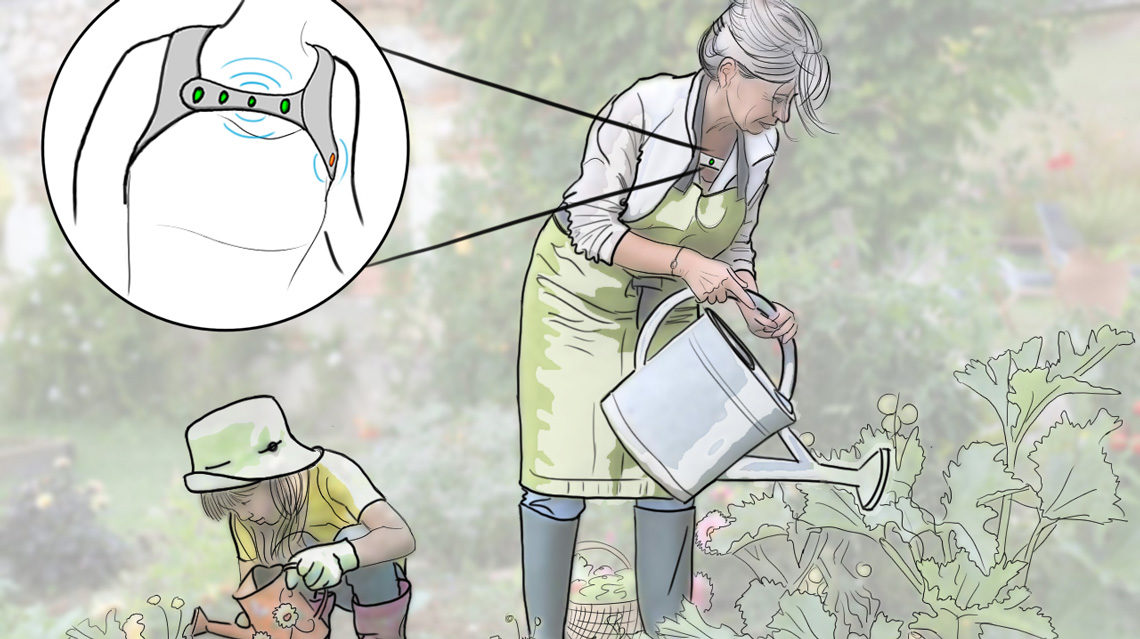
Vivotronix, a Chicago-based start-up, created a novel technology, integrating direct electrical signal sensing with optical signal sensing, which paired non-invasive, continuous blood pressure monitoring with ECG and pulse oximetry. Because of the technology’s significant data accuracy, Vivotronix identified the clinical space as a potential market and asked a team of IIT Institute of Design (ID) students to define a strategic direction for a clinical application by surfacing potential competitors, determining beneficial applications and identifying key features for a future device and system.
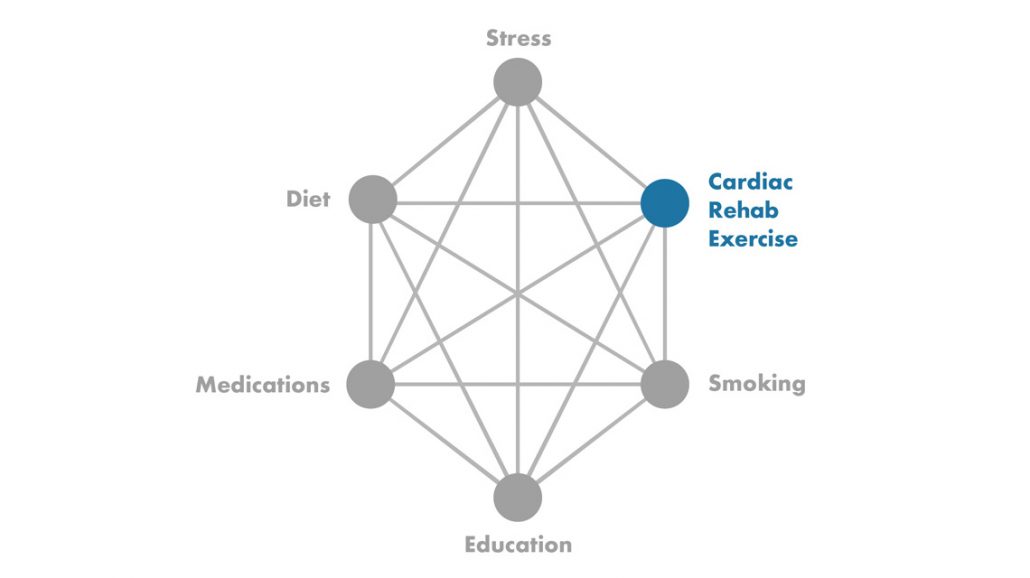
Synopsis
To identify markets where Vivotronix could establish themselves, the team:
- scanned clinical and fitness environments for concepts or FDA-cleared devices featuring blood pressure monitoring and ECG capabilities. A secondary literature review covered the medicine of abnormal heart function, and technical aspects of current heart monitors and mobile telemetry.
- interviewed ER physicians, cardiologists, surgeons, ICU staff, nurses and cardiac rehab therapists to understand what they might value in: training for use, ease of placement, EMR integration, battery life and data storage.
- investigated extreme environments like high altitudes, high heat and immersive gaming to understand potential cardiac health risks.
When the team discovered that less than 30% of eligible patients actually complete cardiac rehab—despite the fact that it significantly reduces mortality rates—they focused their work on this opportunity space.
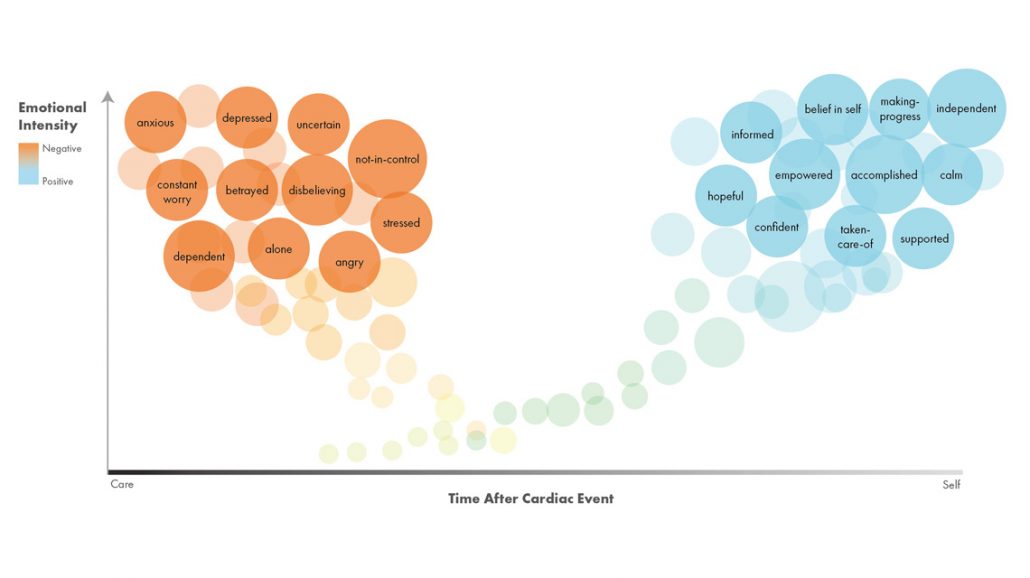
Applying behavioral economics methodology, the ID students mapped the rehab journey after a cardiac event, as well as the complex web of behavioral change expected of patients after leaving the hospital. Interviewing clinicians and exploring patient chat rooms allowed the team to understand barriers and facilitators to cardiac rehab, adding an emotional layer to the patient journey and the personas illustrating it.

The most surprising discovery was a known bias in the medical system: although women, ethnic minorities, people of low socioeconomic status, and the elderly are among those with the highest need for cardiac rehab, clinicians often assume they will not make use of referrals for rehab. This gave Vivotronix a compelling case to develop a wearable device for home-based cardiac rehab.
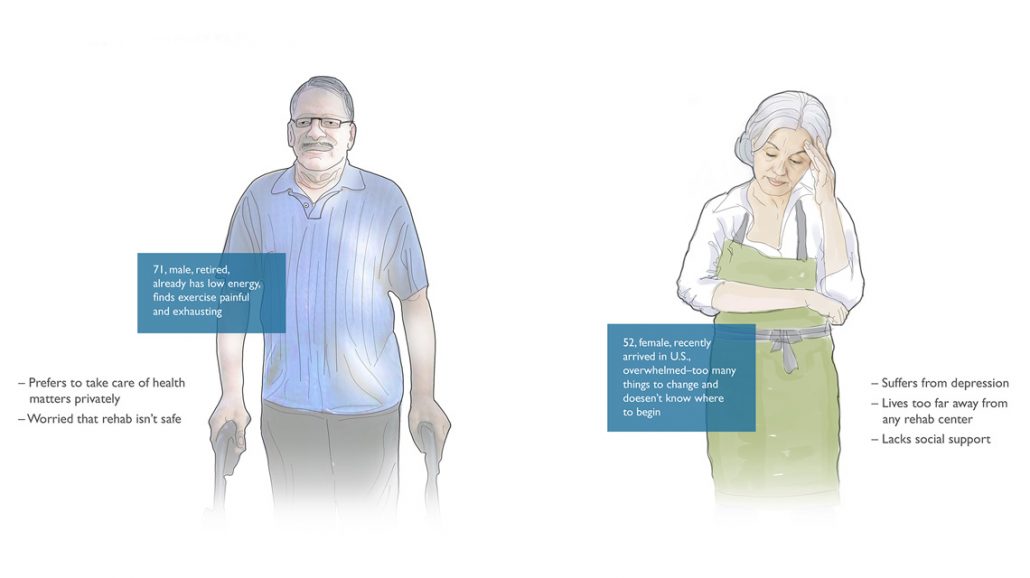
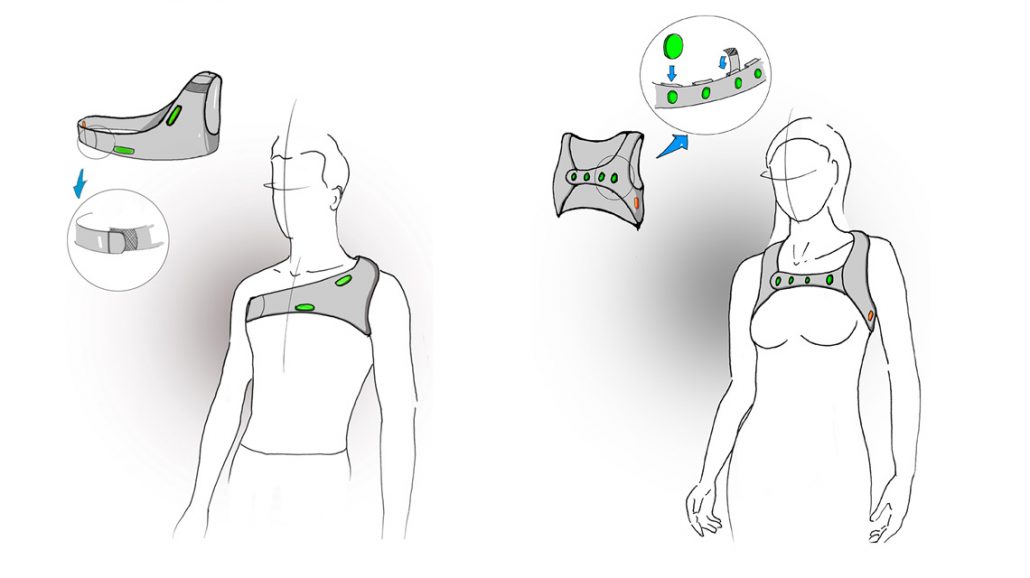
Proposed User Experience
For the immediate clinical need in cardiac rehab care, the team:
- created a feature set for the physical device, the ecosystem required to meet patients’ physical and psychological needs, and physicians’ and physical therapists’ clinical goals
- gathered statistics and developed personas for compelling narratives to share with potential investors
- designed wearable, physical prototypes to house the technology for user testing
For long-term strategy, the team:
- surfaced unique, untapped opportunity spaces where cardiac monitoring could bring significant benefit
- produced data to reveal why, in these spaces, cardiac risk is significant and also how it would be feasible to achieve accurate results under extreme conditions
A home-based cardiac rehab technology has the potential to:
- significantly increase program uptake and improve adherence for the over 70% of heart patients who qualify for cardiac rehab but do not access it
- reduce inequalities in access to a life-changing or life-saving service
Vivotronix left the engagement with a greater appreciation for data-driven design, the rigor of design research, and a higher likelihood to engage with design teams in the future.